
How much caffeine is okay?
According to Health Canada, moderate daily caffeine intake at dose levels of 400 mg per day is not associated with any adverse effects — at least for the average person.
Some sensitive people experience side effects such as insomnia, headaches, irritability and nervousness. (Here are 8 surprising reasons you’re not sleeping at night.) Data has also shown that women of childbearing age and children may be at greater risk from caffeine. It’s necessary for these groups of people to follow different guidelines.
Health Canada‘s current recommended maximum caffeine intake levels for children are as follows: 45 mg a day for children aged four to six, 63 mg a day for seven to nine year olds and 85 mg a day for 10 to 12 year olds. Children 12 and up should have no more than 2.5 mg per kg of body weight of caffeine per day.
Meanwhile, women who are planning to become pregnant, pregnant women and breastfeeding mothers should limit intake to 300 mg per day.
Watch your intake of the following foods to ensure you limit yourself to the appropriate daily limit.
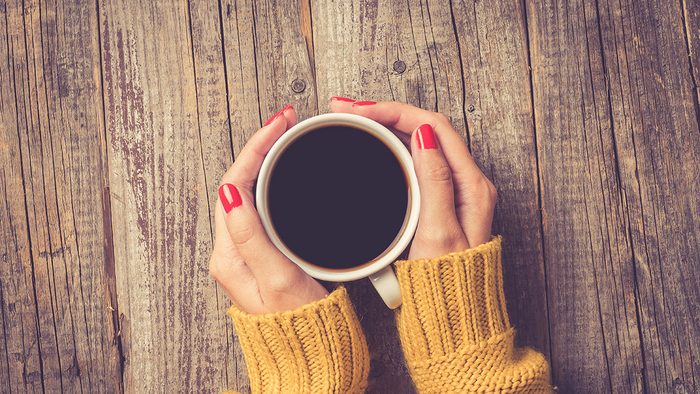
Coffee
One cup (that’s a short, not a tall, at Starbucks) of brewed coffee contains 135 mg of caffeine. That’s about one third of the daily limit for the average person, and much more than any child should drink. For women of childbearing age, it’s half the daily limit.
According to science, this is the best time of day to drink your coffee.
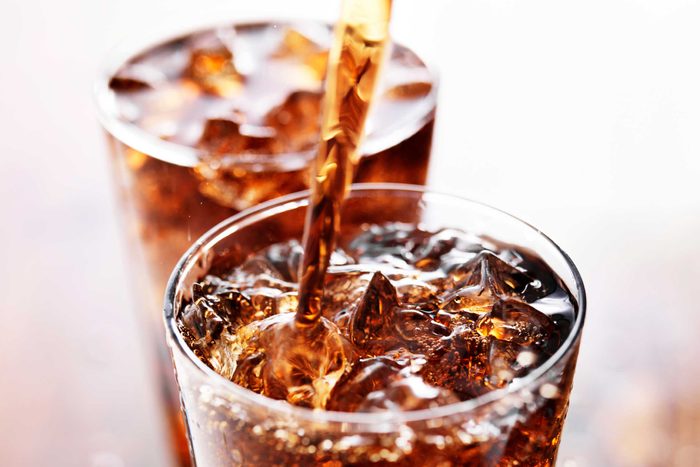
Soda
One can of soda contains 36 to 46 mg of caffeine — which means it should be off-limits for children under six.
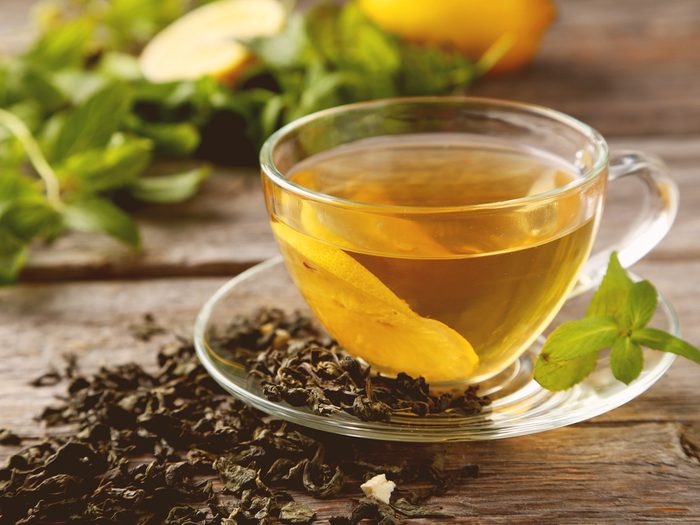
Tea
An average blend of tea contains 43 mg of caffeine, while loose leaf tea contains 50 and green contains 30.
Even so, here are 13 surprising ways tea can improve your health.
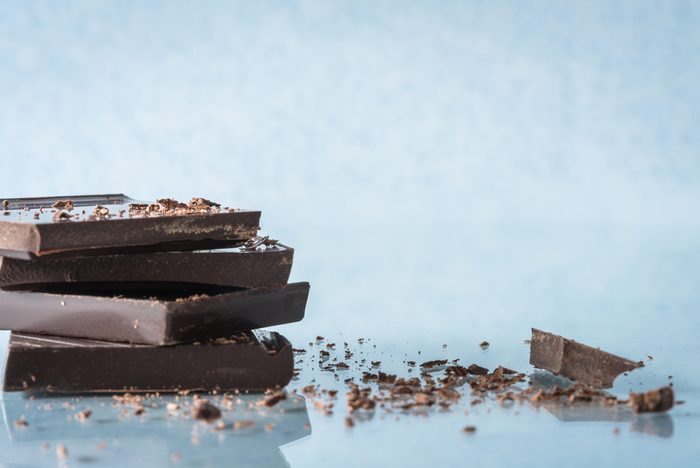
Chocolate
Can’t help biting into that dark chocolate square for an afternoon pick-me-up? That’s another 19 mg of caffeine to add to the daily total.
If you can’t resist that bit of chocolate, here’s 7 reasons you can feel good about it.
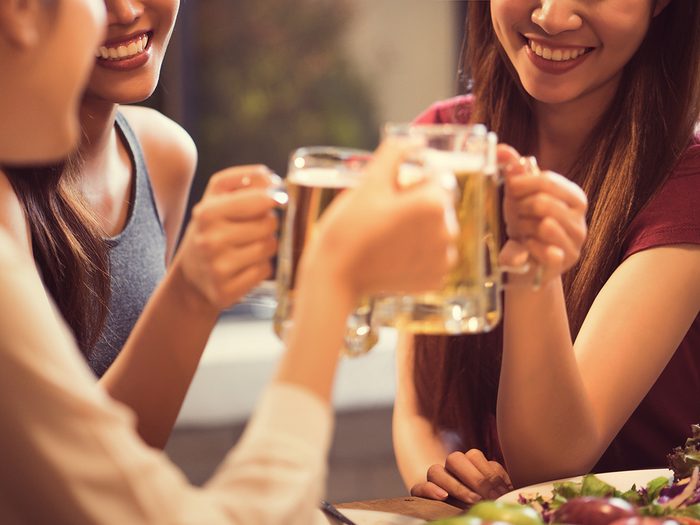
Beer
Think your beer is caffeine-free? Think again. Caffeine can go by other names — like guarana — a Brazilian plant whose seeds are high in caffeine. Look for this ingredient in energy drinks and beer to get a real picture of how much caffeine it contains.
Here are 10 things to remember about alcohol and blood sugar.
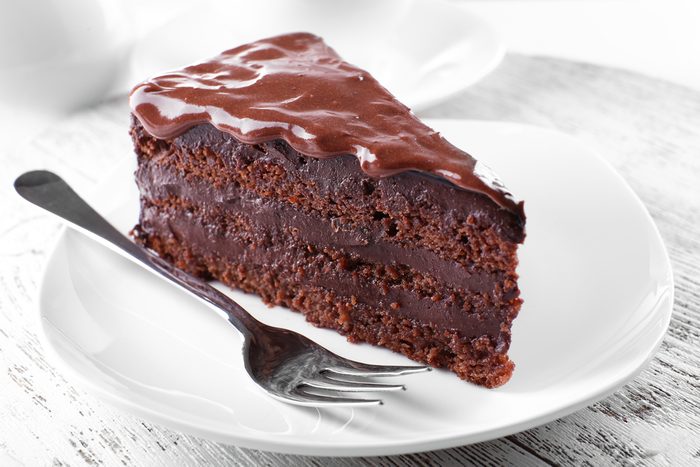
Dessert
If you finish your meal with a piece of chocolate cake (80g) that’s another 36 mg of caffeine.
If that photo has you craving cake, here’s the recipe: Delicious Double Chocolate Cake.
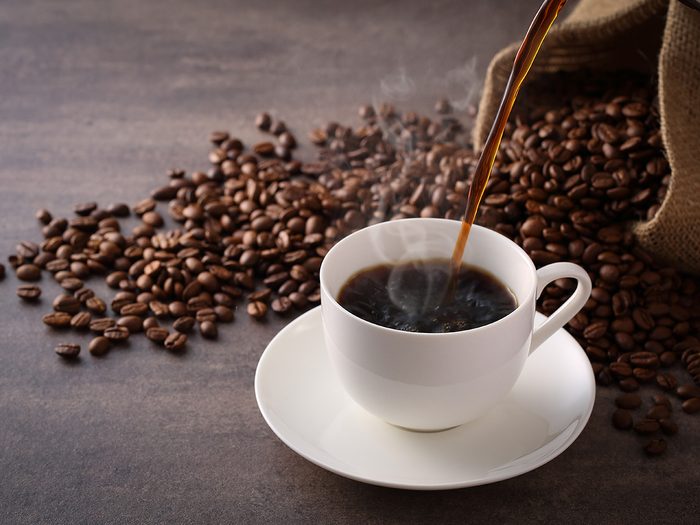
How it adds up
If you start your day with a Grande-sized brewed coffee at Starbucks, you’ve already had about two thirds of the daily caffeine limit for the average person, or 270 mg of caffeine. If you follow that up with soda, tea, chocolate and dessert throughout the day, you’ll surpass the recommended daily limit — and that’s not including energy drinks and beer with hidden caffeine sources. Before you reach for one of these caffeine-heavy foods, make sure you’re aware of how much you’ve already consumed.
